How to Improve Logistics Efficiency Using SAP S/4HANA Simple Logistics?
Category: SAP S/4HANA Logistics Posted:Apr 18, 2018 By: Ashley Morrison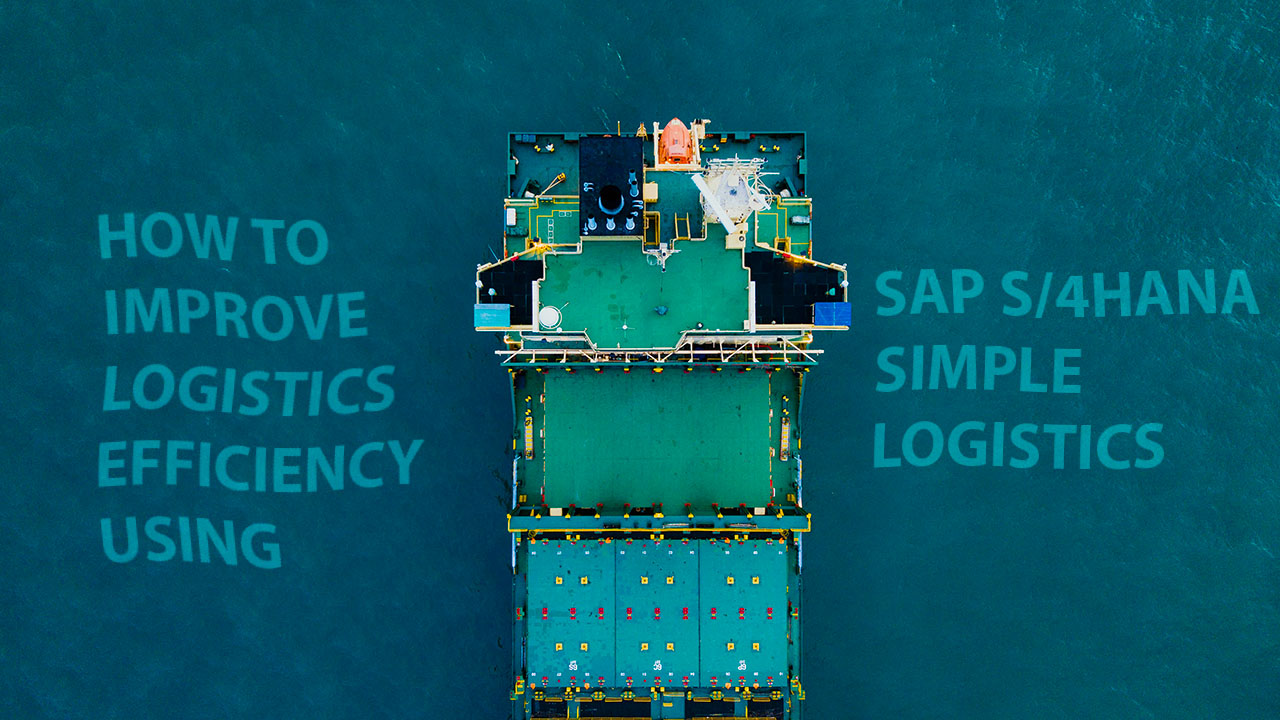
Globalization has brought the world closer to each other. We are leaving in the next door. The development in technology and globalization has led to the focus of the organization towards excellent customer service. Strong logistics system plays an important part in facilitating the growth of the organization. The customer wants their service hassle-free and delivery of the product on time. The company also needs to keep up a strong inventory and supply chain management. This play a crucial part in determining the core services of the organization. The company needs to keep track of the supplies they are receiving from their suppliers. They also have to keep a record of their inventory. The technology is the biggest disruptions. Every day the customer choices are varied. The increase in the standard of living has laid to the increase in looking for quality products by the customer. In order to meet the needs of the organizations, the SAP has come with an ERP based solution known as SAP Simple logistics or SAP S/4HANA Enterprise Management. The company has a competitive edge over its competitor. The organization should focus on the product or service innovation instead of looking at day-to-day activities of the organization. SAP S/4HANA has to meet the markets demands like speed, individuality, and innovation in a product. The strong logistics system helps to cater to the needs of the individual customer and deliver the product to them as quickly as possible. The organization should understand when the product has to be delivered to the customer and be ready to respond to fast changes.
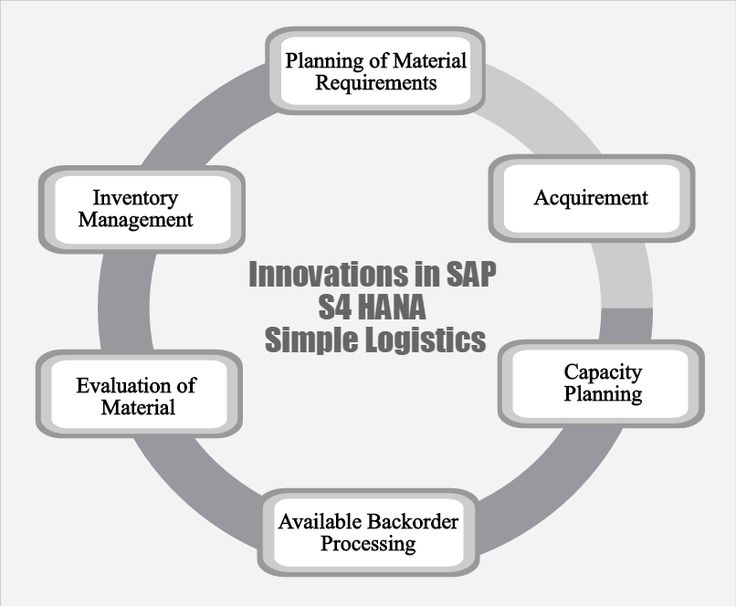
SAP S 4/HANA gives simpler, accessible and efficient solutions to supply chain management, sourcing, and procurement, self-service procurement, quality management, etc. Given below is a list of the ways by which SAP S/4HANA can spearhead the enhancement of Logistics efficiency:
1. Supply Chain
Supply chain involves all the processes included in procuring raw materials from the supplier, transformation offset raw material into finished products within the factory and delivering the finished product to the customer. SAP S/4HANA empowers companies to combine and expect all supply chain processes from the supplier to the customer. The critical business processes are communicated across the enterprise with a single source of authentic information.
- There is a removal of the uncertainty in the system. The monthly supply requirement of the company and operations planning cycles are forecasted on a real-time basis and what-if scenarios. There is a significant increase in the inventory and revenue, reduced stock-outs and revenue loss.
- The supply chain designed to meet the day-to-day need of the enterprise. The forecasting and planning are based on demand from the customer. The seasonal demand is captured, simulated and end results are predicted from time to time. There is an increase in delivery on time and help in managing inventory at the time of uncertainty.
- The system responds effectively and timely. The real-time forecasting of data helps in adaptive freight planning, truck visibility and automation of warehouse. The benefits of this are the lowering of transportation costs, improved flexibility within the entire enterprise and good service to a customer.
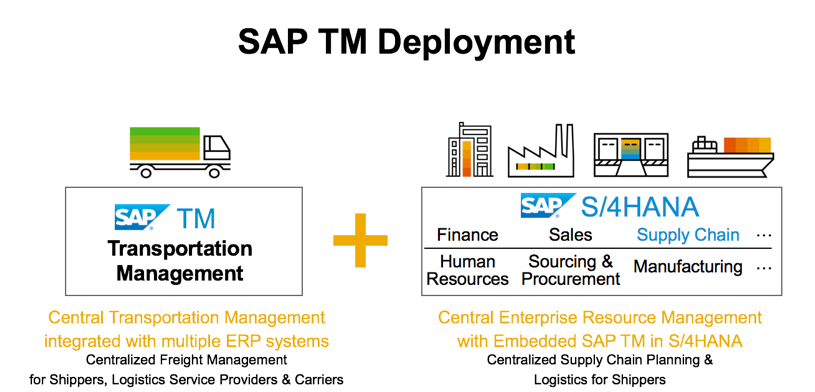
Learn SAP S/4HANA Simple Logistics from Industry Experts
2. Streamlining Manufacturing Planning and Execution:
The streamlining of the manufacturing process is extremely crucial for successful business operations. The SAP S/4HANA Enterprise Management solution streamlines supply chain data to enable faster planning and execution processes. The entire process is made to provide accurate information, reduced time spent in planning and facilitates decision making. Some key features are:
- The system responds quickly with accuracy to the changes in demand and supply. The raw materials required in the process can be obtained from high volumes of data within minutes. This helps in maintaining sync with supply and demand.
- This also helps in making key decisions and supports day-to-day planning activities. This aids in streamlining inventory management and material valuation. There is a provision of embedded analytics. The material resource planning is fast and it is enhanced due to role-based Material Resource Planning.
- The operational costs are reduced significantly. The reasons for this achievement is giving focus on exception handling and not standard processes. The inventory cost is also reduced as if resolutions are used to check the resolutions.
3. Manufacturing
It is of prime importance for enterprises to build a robust manufacturing department. The reasons are ever-increasing complexity due to disruptive technology and short lead times to give an end product to the customer. However, SAP S/4HANA is designed to offer efficient and advanced planning tools to an organization so that they can plan and manage their manufacturing landscape well. It empowers enhanced functionality to make processes more efficient. It facilitates companies to blend together all the manufacturing process across the organization with one single source of information. It provides excellent technology for keeping track of planning and execution processes, covering all aspects of the manufacturing cycle. Traditional Advanced Planning and Optimization (APO), Production Planning (PP) and Demand Scheduling (DS) facilitate manufacturing management. Some key benefits are:
- The main work is to find and give due importance to critical processes, options, and consequences. There is a simplification in the process of source determination. The material need planning is refined to have excellent user experience for the material planner. The advantage of this is a fast reaction to the change in demand.
- The efficient execution process provides the current and correct view of the material place. This has led to a decrease in the cost of manufacturing and stock-outs. There is an option of Management of change, which helps planners to look at procurement items and suggest changes to the already purchased items.
- The whole manufacturing process explained in a way to give visibility across the enterprise over-supply, production, inventory, and demand. This helps in lowering inventory and safety stocks. The Manage Material Coverage App provides a display of inventory management in chart format.
4. Sourcing and Procurement
Sourcing means finding suppliers for a particular service, product, assessment of the supplier and awarding the contract to the supplier for a particular service. Procurement means taking the deliveries from the supplier identified and making the payment to the supplier for the services provided. Sourcing and procurement is an important function of the organization. This process helps in streamlining processes, cutting down on raw material price and costs and finds sources of supply. The process of sourcing and procurement helps in analyzing high volume purchases and builds long-term relationships with suppliers who are capable of providing quality products and services at lower costs. This brings stability in supply management. SAP S/4HANA gives simple solutions enabling companies to spend across every major class and helping in decreasing direct costs, bringing administrative efficiency and reducing overall cycle time. The unique benefits of Sourcing and Procurement are:
- It provides networked collaboration within suppliers. This helps in bringing together of working among the trading partners and transparency between them. Thus, there is an increase in profit as the number of middlemen decreases and no hidden costs involved during transactions.
- The supply of goods and services, data obtained helps in keeping in mind to give excellent customer services to the customer. It is more about customer-centric. This helps in bringing more revenue and decrease costs to the organization.
- This enterprise system includes full support to spend analysis, sourcing, contract management, procurement, invoice management and payable management. This brings faster order and invoicing cycle times with fewer errors.
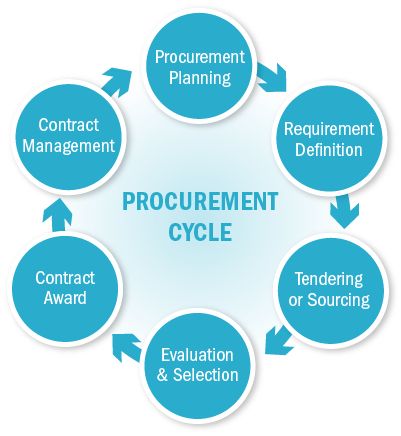
5. Supplier Evaluation
Supplier evaluation means finding, accepting the proposal, assessing it and finally approving the potential suppliers to meet the day-to-day needs of the company. The purpose of doing this exercise is to give a pool of the supplier who can offer excellent services to the company from time-to-time. The benefits of this system include, it provides a high quality of products and services while charging a very nominal amount and facilitating stability to the business. This also helps in removing the hidden costs in the entire supply chain of the organization. The SAP S/4HANA gives all these services to the organization in an efficient and cost-effective way. The hard fact and soft facts based questionnaires help in the performance monitoring of the supplier. The key features are:
- It brings transparency in evaluating the work of suppliers by hard fact and soft-fact supplier evaluation scores. Procurement efficiency helps in evaluating suppliers. There is an availability of supplier scorecard throughout the organization. The questionnaires are in local languages to assess the suppliers effectively.
- There is a single score created across the organization based on all procurement activities. This helps in performance-based tracking of the supplier. The performances of the supplier are also evaluated in each class.
- The scoring system helps in the classification and segmentation of the suppliers. This helps in evaluating the performance of new contractual suppliers and brings transparency to the system.
6. Quality Management
Quality Management ensures that the organization provides consistently high-quality goods and services to the customer. It empowers employees to work efficiently in less time. Quality Management has four parts which include Quality Improvement, Quality Control, Quality Assurance and Quality Planning. The management focus is on the entire process and not on end product or services. The organization understands efficient, quality management that helps in winning the loyalty of customers, increased cash flow and satisfied employees. Quality management helps make the organization a great place to work.
- SAP S/4HANA provides high-quality management, data and streamlines the process in the entire organization. It helps in bringing continuous improvement in the product designed and after-sales service. Continuous quality management helps in removing unnecessary bottlenecks and increased efficiency across the enterprises.
- The large enterprise has the options of getting service on the premises and small enterprises can get the service on cloud-based options. This helps in integrating the entire management processes with simplified Quality Management functions. The cloud capability facilitates planning and recording inspections from time to time to enhance service quality.
- The SAP S/4HANA provides integration of Quality Management into an end to end enterprise processes and performance management. There is an option of including third-party like vendors, supplier, distributors, and customers to give efficient service in resolving the issue. This provides an excellent opportunity to channelize the energy of different stakeholders in one direction.
Conclusion
The industry is facing complex issues like efficient inventory management, effective supply chain processes, evaluation of the potential supplier, bringing stability in the organization, etc. All these processes need an effective focus for the organization. The stability in these functions facilitates other departments like human resources, marketing, and finance. SAP S/4HANA integrates all these services in a single platform across the organization. There is an integration of workflow not only inside the department but also between different departments of the organization. The department works together instead of working in silos. There is a simplification of the entire process of inventory management, supply chain management, material need planning. There is an increased focus on providing quality service to the customer at an affordable price. There are increasing quality service and efficient planning. The key improvement areas are effective performance improvements to material resource planning and analyzing the demand-supply gap throughout the organization. There is a reduction in the lead times from the supplier to the customer and efficient procurement of goods and services. There is a saving in inventory cost management. Continuous improvement and quality assurance help in reducing the uncertainties within the organization. There is an increase in market share. The entire organization process becomes robust and consistent with services. This helps in gaining a competitive edge over its competitors. The SAP S/4HANA tool accelerates the pace of innovation across the organization. The culture of openness, transparency, and efficient administrative service can thus be developed throughout the organization.
Got any questions for us? Please mention it in the comments section and we will return it to you. At ZaranTech we offer a self-paced online training program for SAP S4 HANA Logistics. Skyrocket your career by learning from the best!
You can also visit our website for more engaging and informative articles.
Wouldn’t it be great if you knew exactly what questions a hiring manager would be asking you in your next job interview? We’ll give you the best SAP S/4 HANA Simple Logistics Interview Questions.
Watch SAP S4 HANA Logistics Demo:

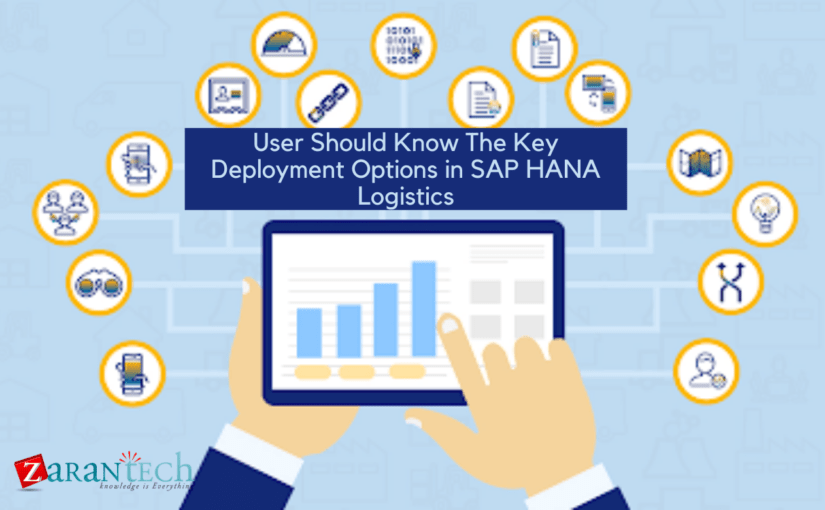



 99999999 (Toll Free)
99999999 (Toll Free)  +91 9999999
+91 9999999